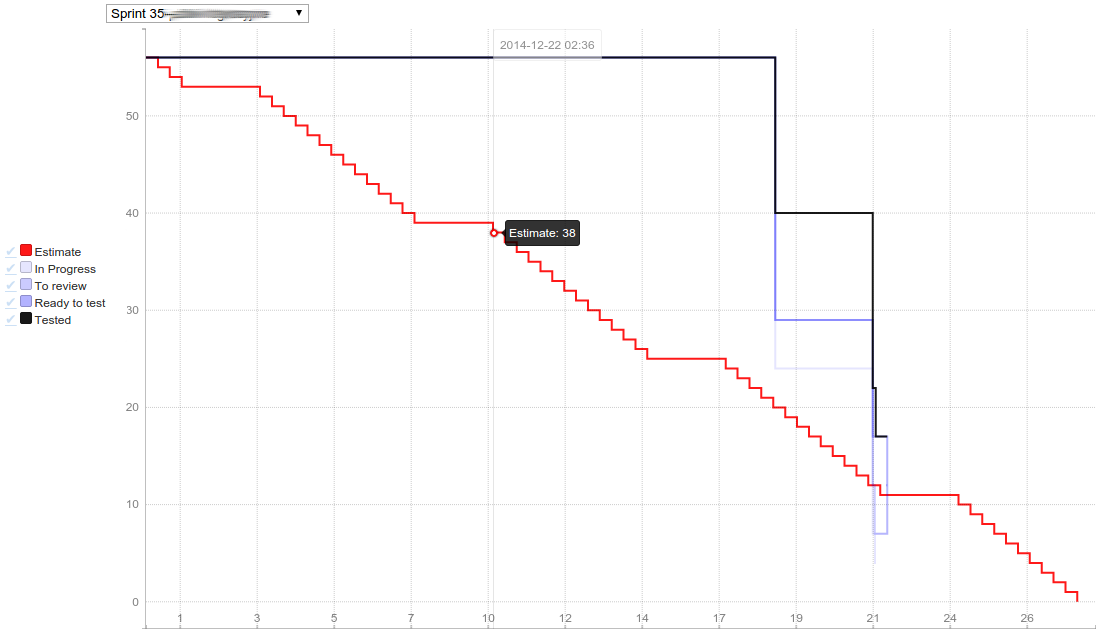Organizatorzy Confitury rozpoczęli publikację pokonferencyjnych nagrań. W pierwszej partii zobaczyć można m.in. prezentację Joanny Siemińskiej o odnajdywaniu sensu w projektach utrzymaniowych, a także Jakuba Nabrdalika przestrzegającego przed pułapkami, w które mogą wpaść nawet najwięksi fani Test Driven Development. Oglądajcie, wspominajcie.
Joanna Siemińska – Masz już dość bycia szambonurkiem?
Jakub Nabrdalik – Test Driven Traps

